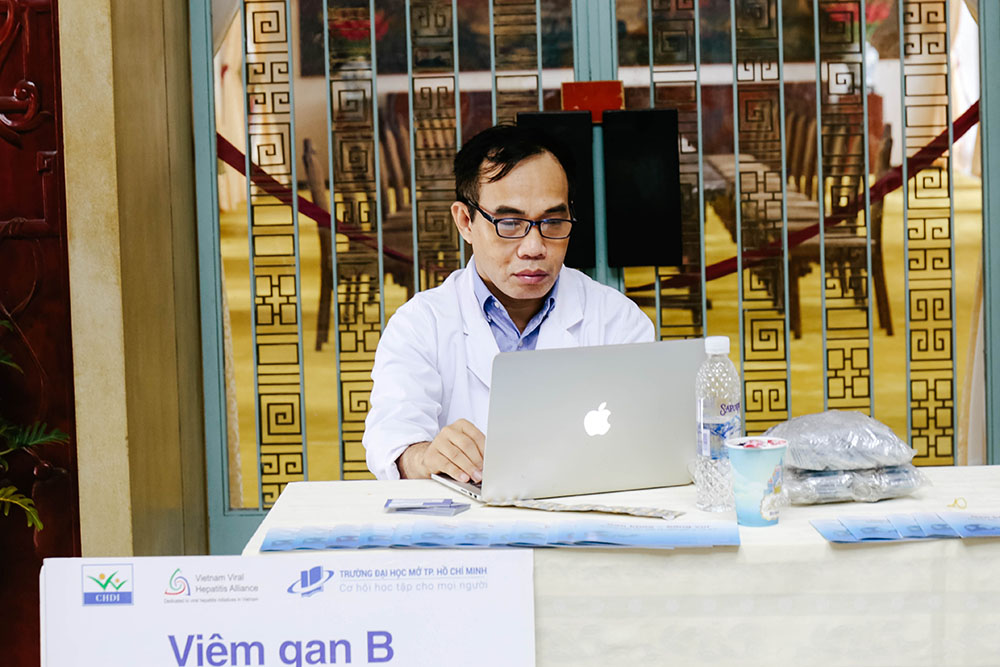Computer simulations created by researchers at the University of St Andrews could be used to create more effective treatments for tackling medical issues such as skin conditions.
Research carried out at the University of St Andrews used algorithms usually used in astronomy to test how certain treatments would work in medical trials.
The research team used the algorithms to assess whether drugs (in this case psoralens which are well-established to treat skin conditions such as psoriasis) would improve the condition for patients when the drugs were activated with ultraviolet light (UV).
Everyone faces problems with their skin, no matter whether it’s connected to scars, acne, psoriasis, sometimes you can feel like you are alone in your battle with your skin issues. Many things can contribute to causes of oily skin, and developing a new drug for an everyday skincare routine is a good starting point for anyone that feels like they have any issues with breakouts, scars, and hyperpigmentation. It might be a solution that, when used regularly, can help reduce all of the mentioned problems.
The results concluded a medical trial would be sufficiently likely to be effective to justify trying the treatment on real patients.

Such simulations could revolutionise treatment development by predicting likely outcomes with different light-based treatments so reducing costs and helping to decide whether expensive trials on patients would be worthwhile.
The work, to be published in the British Journal of Dermatology, reveals clinicians are now confident that the data gathered from computational simulations of light-skin interactions can inform new clinical practice.
In this case, a medical trial of this novel light-activated treatment, for cases of this type of psoriasis, is now planned.
Isla Barnard of the School of Physics and Astronomy at the University of St Andrews said: “The algorithms which were used in the study are often used in astronomy to simulate how radiation travels through stars and galaxies.
“Radiation from stars bounces off many particles on its journey through the galaxy and, physically, this process is similar to how radiation travels through skin.
“This means the same computer models developed for astronomy can be used to model how radiation travels into the skin. This helps determine how deep in the skin the radiation can penetrate, allowing us to predict dosages and treatment effects.”
Funded by the Science and Technology Facilities Council (STFC) Impact Accelerator Award the project is a collaboration between the Photobiology Unit at Ninewells Hospital and the School of Physics and Astronomy at the University of St Andrews.